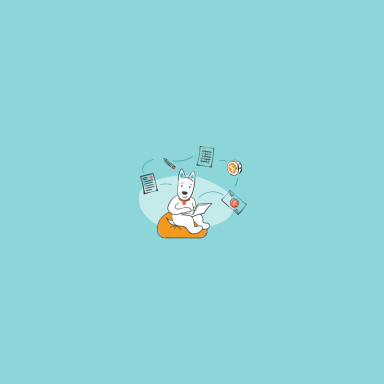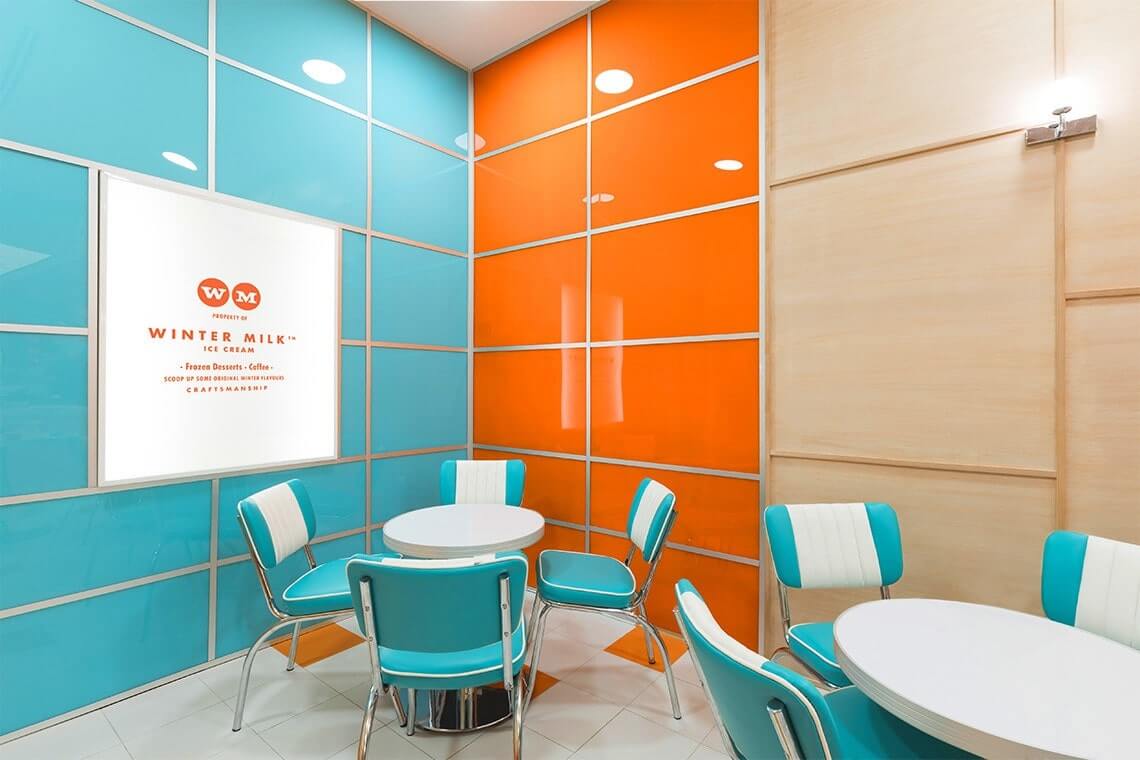Consumers buy products for two reasons-the rational reason and the real reason. Hot Button Marketing shows you how to identify and push the hot buttons that will prompt consumers to purchase your product over a competitor’s-even if it’s a parity product!
Read an excerpt from chapter 1.
Chapter 1
The Hot Button Principle
You’re Selling What?
Way back in the olden times, before digital cameras were invented, George Eastman, the founder of Kodak, rallied his sales force around him. He asked them a simple question.
“What is this product we are selling?”
The sales force was puzzled. “Cameras,” said one.
Mr. Eastman shook his head from side to side.
“Pictures?” asked another.
Eastman again said no.
“Film,” said yet another.
“No, my friends,” said Eastman. “You’re all wrong. We’re not selling any of these. Those are just the by-products. A camera is a piece of hardware that anyone can make. We’re selling memories. Memories of good times. Memories of family. We are creating memories.”
Kodak is still creating and selling memories after all these years.
Leap forward to today. To the high-tech world of microchips, video screens on cameras, and digital camcorders that record the first breath of a child–as well as a family picnic, a walk in the park, a wedding, or a little child seeing Mickey Mouse in person for the very first time. Thanks to today’s wonderful high-tech miniaturizations, we can carry around a homemade movie in our shirt pocket. Instead of carrying pictures in our wallet, we’re carrying picture CDs, shirt pocket DVD movies, and Web site addresses with our photos. We’re also carrying cell phones embedded with cameras so we can share our pleasures instantly–before they even become memories.
We are an instant-gratification society.
But with all these high-tech advances, what are consumers buying? Memories. Recollections of family fun. Souvenirs of self-achievement. Replays of valued emotional moments. Joys of discovery.
This may be a different world from the one a century ago, but the same hot buttons that turned people on then are turning people on now. They are the hidden secrets to sales success.
What Is a Hot Button?
Gotcha. You’re reading this book. Something grabbed you and made you pick it up. Maybe you want to use the ideas to make some money for your business or family. Perhaps you were excited about learning why people buy. Maybe you thought it might be fun to read. It doesn’t make a difference, but it was important to the publisher that it struck your nerve and hit at least one of your hot buttons.
A hot button is a cue that triggers an emotion in a prospective buyer that causes that person to by that product. It’s a cue that causes a person to buy something or to execute some action–like purchasing something you’re selling. A hot button is an emotional pull, or even a statement that makes the earth move for someone. A hot button is a turn-on for the consumer. It’s how you talk about your product and speak directly to a consumer’s needs in terms of his or her personal buying motivations. There are people who say that marketing, selling, and advertising are about how we change what others think, believe, feel, and do. But it’s much more effective to work within a consumer’s mindset.
There are two reasons people buy products and services.
1. The rational reason
2. The real reason
Humans have an incredible reservoir of rationalizations they can employ when you strike their emotional chords. People may say they buy because of rational appeals and logic. But, in the real world, consumers are neither rational nor consistent in their purchasing behavior. If they were, marketing would be easy. We would all be rich.
For proof of the power of hot buttons, look at the fascination people have with spectator sports and its related apparel. It defies reason. People don’t root for a player, although the player may have some sort of transient relevance, as much as they root for a logo or a uniform. As Jerry Seinfeld said, “We’re cheering for laundry!” We identify with players making $10 million or more, who have no identification with their fans, and who may be dropped or traded from one year to the next. We wear their logos because we want to identify with the team and become part of them, even if we can’t realistically expect to join them. We want an association with other fans. It’s a form of camaraderie (a hot button).
The Hot Button Principle
The old fighter Rocky Marciano once said, “Hit the heart and the head will follow.” It works like that in business also. Win the hearts of consumers (even–or especially–business-to-business consumers) and their minds will follow. Pushing hot buttons is how you get the buyer to say “yes” and reach for the credit card or check.
The key to building relationships is to know your customer’s hot buttons. This can be a company sell or a consumer pitch. Hot buttons work for services as well as products. They work for fifty-cent candy bars and $300,000 homes. No matter what you’re selling, you’re dealing with humans who buy more on emotion than any kind of logical thought process. A real estate broker may sell a house, not only because it’s a good house but also because it has a plum tree growing in the backyard. The plum tree is part of the customer’s hot button for nurturing and growth. Brokers often have the owner bake a cake when a prospective buyer is viewing the house. It makes the house seem more like a home and the aroma becomes a metaphor for family values (a hot button).
The Hot Button Principle means you stand on the same emotional footing your customer does. Instead of making your prospects change their behavior and opinions to adapt to your product, you adapt to your consumers, learn their thought processes, and find out what keeps them awake at night.
Identifying and then fulfilling a consumer’s emotional need is much more effective and less expensive, in terms of money, time, and reputation than the traditional corporate mentality of “we made it, now sell the features and the physical benefits.” By establishing the hot button link that wins the hearts and minds of consumers, you make your product or service something of great emotional value. The rest of this book will show you exactly how to learn your prospects’ hot buttons and incorporate them into every stage of marketing–especially selling.
Some Basics on Needs and Wants
Every marketing book will tell you that in order to create or sell a successful product you have to fulfill a consumer need. But herein lies the problem. Our basic physical needs, like food, air, and water are satisfied quite well. But even in these basic categories you can add hot buttons to make consumers think they’re getting something special. Thus, marketers pour water into an upscale-looking bottle and charge outlandish prices to make consumers think they’re unique for buying a particular brand of water. By doing that, we push a hot button that will allow consumers to think that paying for water is something special–even though it’s something that they used to get free! For instance, a person in a bar may order Aquafina on the rocks. It makes no difference that Aquafina is bottled from local reservoirs and that the ice is made with plain old tap water. To the consumer, the status appeal of Aquafina (or another “water of the month”) makes them feel special, and a bit elitist. Does any reader out there know that Evian spelled backwards is naive? But I digress.
Since our basic physical needs are fulfilled, you need to engage your customer’s wants to make a sale. Wants create new needs.
From Hot Button Marketing, September 2006. Copyright (c) 2006, Barry Feig. Used by permission of Adams Media. All rights reserved.





